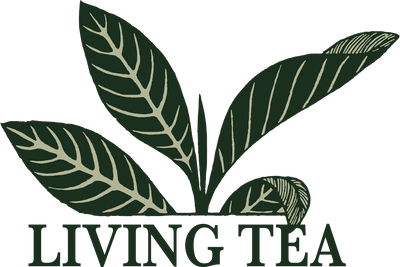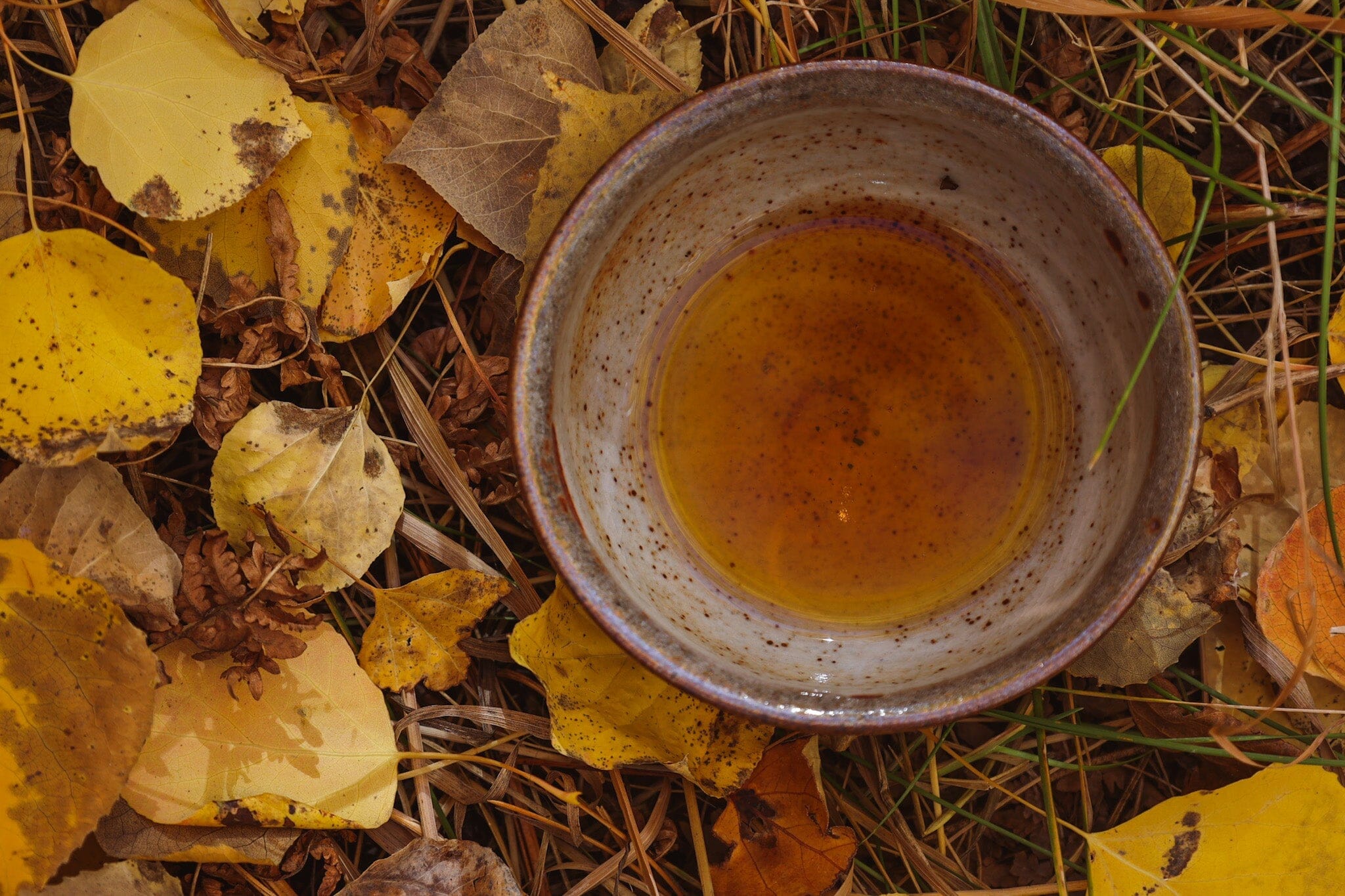The Way of the Seasons
The five Chinese elemental energies of Wood, Fire, Earth, Metal, and Water manifest as the basic seasonal cycles of nature, which affect every living thing on earth. As we move from the Fire element of summer into the Earth element of late summer/early fall and the Metal element of autumn, there are many potent means of aligning with the season.
August and September represent a balanced interlude, a settling of fiery yang energy into the cool, condensed metal energy of the fall. During this intermediary period, the heat and movement of summer mellow into the sweet Earth element, with yang and yin in harmonious balance.
This is a time of long warm days, well-being, ease within the body and mind, and digestion of the experiences that come from Spring and Summer movement. The color associated with the season is yellow, as the earth begins to dry up under the influence of the yellow sun, and ripened fruit falls from trees.
Anatomically, this period is associated with the digestive system, which we rely on to absorb nutrients and maintain vitality. This is a time of stability, fertility, nurturance, and containment, which imbue an organism the ability to sustain itself and others, and to reap the harvest of its own life.
Late Summer to Autumn: Transitioning into Metal Energy
As late summer passes into autumn, the Earth becomes cool and dry, contracted and condensed, drawing inward for accumulation and storage. This time of the Metal energy is when the crops of summer are cut, harvested, and stored for their use in winter. Wastes are eliminated, like winnowing chaff from wheat, and the essence is kept.
Before the modern age, it was vitally important that the harvest not fall short, as there needed to be sufficient energy stored for the winter to generate a healthy, strong new cycle in the spring. Metal energy is related to the lungs, which are responsible for exchanging fresh oxygen from the environment for carbon dioxide from the body's cells, as well as the large intestine, which eliminates waste while retaining vital fluids.
Just as the trees shed their leaves and bees drive drones from the hive, this time of the year is about bringing in (lungs) fresh inspiration while letting go (large intestine) of stale emotions, unnecessary attachments, excess baggage, and unresolved energies from the Summer. Autumn is a time of hardening seeds, fallen leaves, and sinking sap, as well as the qualities of inspiration and endurance.
There is a slight nip in the air, and days get shorter. Just as animals begin to store food away, we too become more internal and less carefree than summer. This is a time for gathering, storage, preparation, and protecting. We wear warmer clothes to protect our internal heat, and begin closing the windows to store ambient heat.
This is a time to focus on what is essential as we head into the quiet, meditative months of winter. By defying this natural process and clinging to attachments, we are likelier to experience melancholy, grief, and anxiety. These feelings that “weigh heavy on our chests,” can affect the lungs and large intestines, manifesting as breathing difficulties, flu, colds, respiratory issues, chest pain, skin problems, and low immunity.
Thus, late Summer and Autumn are times for extracting, digesting, and refining lessons from the previous active seasons and letting go of excess. We move inward to cultivate and protect our interior lives, work on indoor projects, complete projects begun in the spring, and let go of that which no longer serves us.
Harmony with Nature's Cycle
By harmonizing year after year with the great wheel of Nature in a continuous cycle of transformation, we come into natural balance with the longer seasons of our life, thus learning to embrace and cultivate the appropriate energy of our age. Those in their Autumn years begin to arrive at wisdom, simplicity, and deeply established contentedness, assuming they have used their more active yang years appropriately.
Nourishment for the Season
During the summer, our energy moves to the surface of our bodies and disperses as the heat opens the pores of the skin, whereas during the fall, our energy begins to coalesce and sink inward. Between the four seasons is the intermediary Earth season, which requires strengthening the digestion and balancing the elements. The Earth organs (stomach, spleen, pancreas) are injured by inappropriate eating habits: eating too many rich and sweet foods, skipping meals, and eating in a rush.
People who need to heal their digestion can observe the simple process of eating at regular consistent times and slowing down enough to chew their food. Neutral to warming and slightly sweet foods are ideal at this time of the year, including: winter squash, pumpkin, acorn squash, lentils and legumes, whole grains like buckwheat, quinoa and millet, root vegetables, whole fruits (in moderation), nuts and seeds, some leafy greens (move away from bitter as the weather turns colder), and slightly pungent herbs like oregano, basil, savory, tarragon, rosemary, sage, and juniper.
Moderate amounts of pungent foods like garlic, onions, ginger, horseradish, and mustard are beneficial to the lungs as we prepare for Fall.
Foods for Fall: Countering Dryness and Strengthening Immunity
As we move later into the fall, we seek recipes that help generate body fluids to counteract seasonal dryness, and strengthen our immunity. It is advisable to eat more food with sour flavors and reduce pungent flavors like onion, ginger, and peppers, which induce perspiration and lead to the loss of body fluids. Sour foods like pineapple, apple, grapefruit, and lemon have astringent properties, which help prevent the loss of body fluids during the dry months.
One old tradition suggests we eat hydrating porridge for breakfast and soup for dinner. Eat foods that lubricate the body, combat autumn dryness, and moisten the lungs like: coconut oil, olive oil, sesame oil, moistening foods such as mushrooms, cooked cabbage, pumpkin, squash, seaweed, radish, asparagus, pears, and lemon; herbal teas such as burdock, comfrey, ginger, and licorice root.
Eat warming, tonifying foods like broth, stews, soups, hot gluten-free cereals, lentils, kidney beans, adzuki beans, as well as herbs and spices that are good for the lungs: bay leaves, caraway seeds, cardamom, chives, cinnamon, cloves, dill, fennel, leek, oregano, nutmeg, rosemary, thyme, and turmeric.
Protecting Your Body: The Fall Ritual
This is a time to retire early at night and rise at first light, and to protect the body from wind and cold, which manifest as coughs, sore throats, and colds. The fall is typically associated with dramatic variations in temperature, pressure, humidity, and wind, so cooking with Chinese herbs like astragalus root, white peony, dioscorea, and fresh ginger improve the body’s resistance to wind, dampness, and cold, thus defending us against acute, infectious illness that often occurs at these times. You can find these herbs by consulting a local herbalist of Chinese medicine.
Eating excess cold and raw foods creates dampness or phlegm, which is produced by the spleen and stored by the lungs. Dairy products, such as milk, cheese, cream, and butter also create phlegm. Avoid foods that build dampness (mucus and fluid congestion) like noodles, potatoes, bread, bananas, cake, cookies, flours, sugar, processed GMO foods, wheat, fruit juices, cold foods, and drinks.
Simply, as the weather cools down in autumn, we need to eat less cooling foods like salads and fruits (in moderation) and consume more warming foods. How you cook a food will affect your body and shift the food’s energetics.
Cooking for Fall
In autumn, include foods that are cooked slowly for a longer period of time like soups, stews, and anything baked or slow-roasted. These methods create deeper warmth and supply greater energy. If you suffer excessive dry conditions, use more stewing or poaching, which add in moisture. If you suffer excess dampness and sinus congestion, use drier methods, like baking and roasting.
Longer cooking times and heartier ingredients are recommended in autumn to nourish the body. Don’t be afraid to break out the crock pot and work some magic.
Teas for Fall
The teas in the fall collection are another wonderful place to start. Generally, in the fall we tend to drink teas that are rich, nourishing, grounding, roasted, and mildly sweet. There is less activity during colder months, and so we tend towards less stimulating teas. Instead, we emphasize teas to support and tonify the organs, fluids, and blood.
Late summer and early autumn are times to clear excess summer heat from the body and to support the digestive system. For this purpose, we drink teas that combine bitter heat-clearing qualities, pungent or “spicy” teas to promote circulation, and mildly sweet teas that support digestion.
Mid to late autumn is a time to protect the body from cold, wind, and dryness. We then tend towards teas that are mildly sweet to support digestion of heavier foods, slightly sour to prevent the loss of body fluids, and aged teas to generate warmth, especially as we get later in autumn.
To simplify, early autumn is a good time for slightly spicy or smoky mid-aged sheng Puerh, and bittersweet roasted Oolongs. Mid to late autumn is an ideal time for slightly sour Hunan Black Tea, sweet “yellow leaf” Huang Pian Sheng Puerh, warming aged Oolong, rich earthy Yencha or Cliff tea, and mellow aged red tea.
If you wish to understand more about simple ways to live in alignment with the season, subscribe to our newsletter or follow our Instagram @livingtea, as we will be offering practical daily and weekly examples of the teas we are drinking, seasonal foods, tea sessions and ceremonies, as well as upcoming events. We share what it means to live a life of tea and to sip seasonally.

